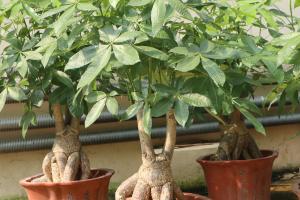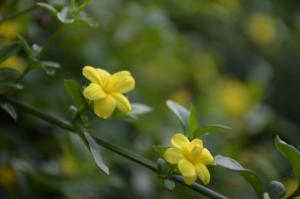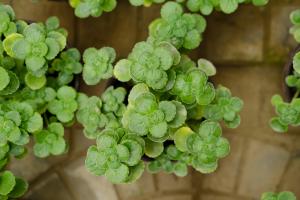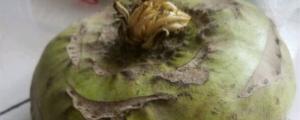1、 Morphological characteristics
1. Stem: the stem of orchid is pseudobulb, and its shape is mostly ovoid, oval and spindle
2. Leaves: leaves grow from the base of pseudobulbs, generally banded, and some are oblanceolate and narrow oval
3. Flowers: the petals and calyx of orchids are indistinguishable, with two internal and external rounds. There are three inner wheels, and the lower one is the lip flap, which is larger than the other two. Stamens, pistils and stigmas are synthesized into pistil columns, which is a major feature of orchids

2、 Curing method
1. Light: the light of orchids needs special attention. In addition to proper shading in the high-temperature period in spring and summer, half sunshine in autumn and full-time sunshine in winter, it is also necessary to turn the basin properly so that it can receive light on all sides
2. Watering: orchids should not be watered too much. It is best to keep the soil slightly dry, and long-term moisture is unfavorable to its growth. Generally water from the edge of the basin, and the time can be in the morning or evening. In the dry season, proper spraying is needed to ensure the wetness of the leaves. p>
3. Fertilization: Orchid fertilization should be less than more. The basin soil should not choose too fertile soil as the substrate. Generally, in the spring and autumn season, fertilization can be applied every two to three weeks. The time is in the evening and watered in the early morning of the next day
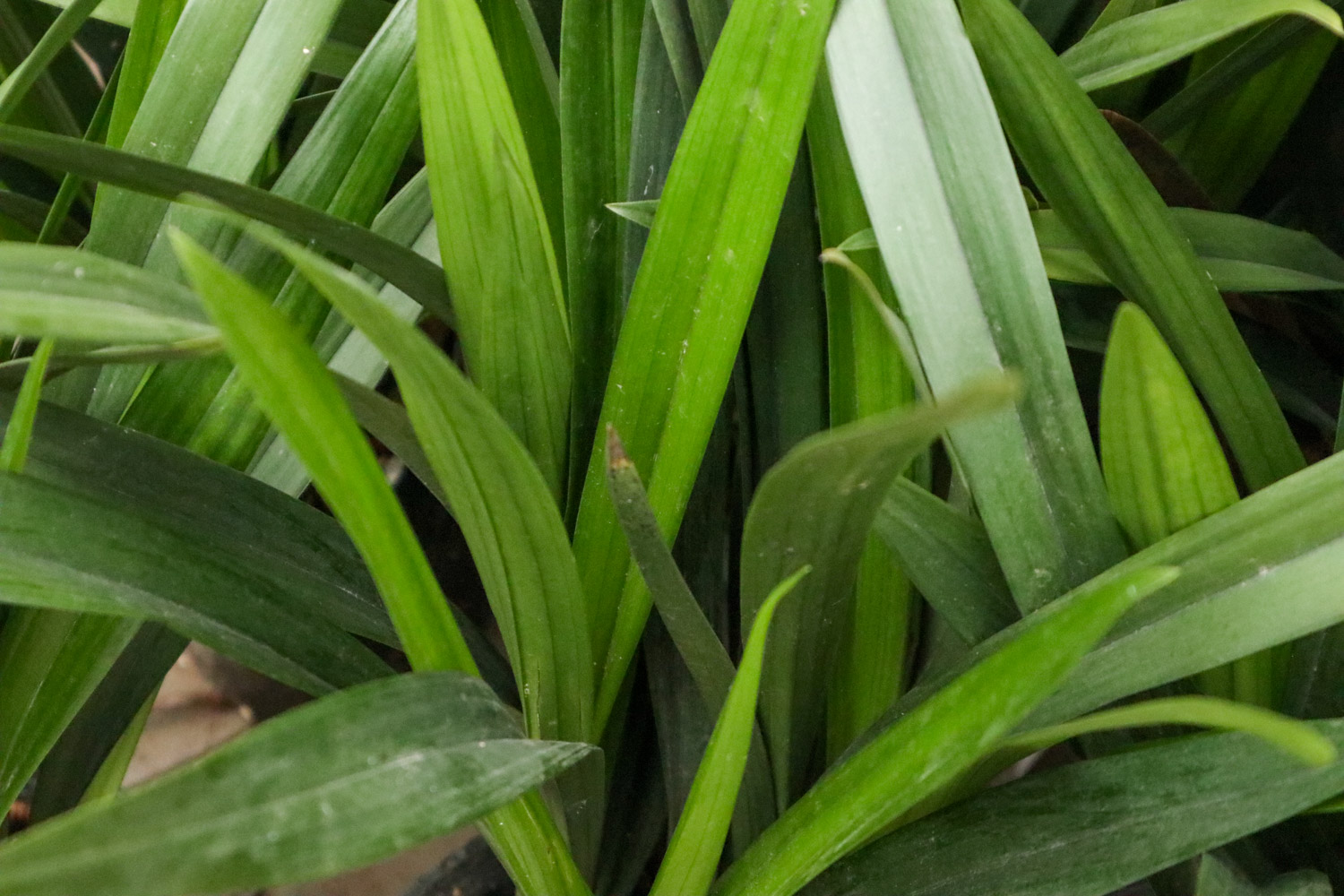
3、 Picture appreciation
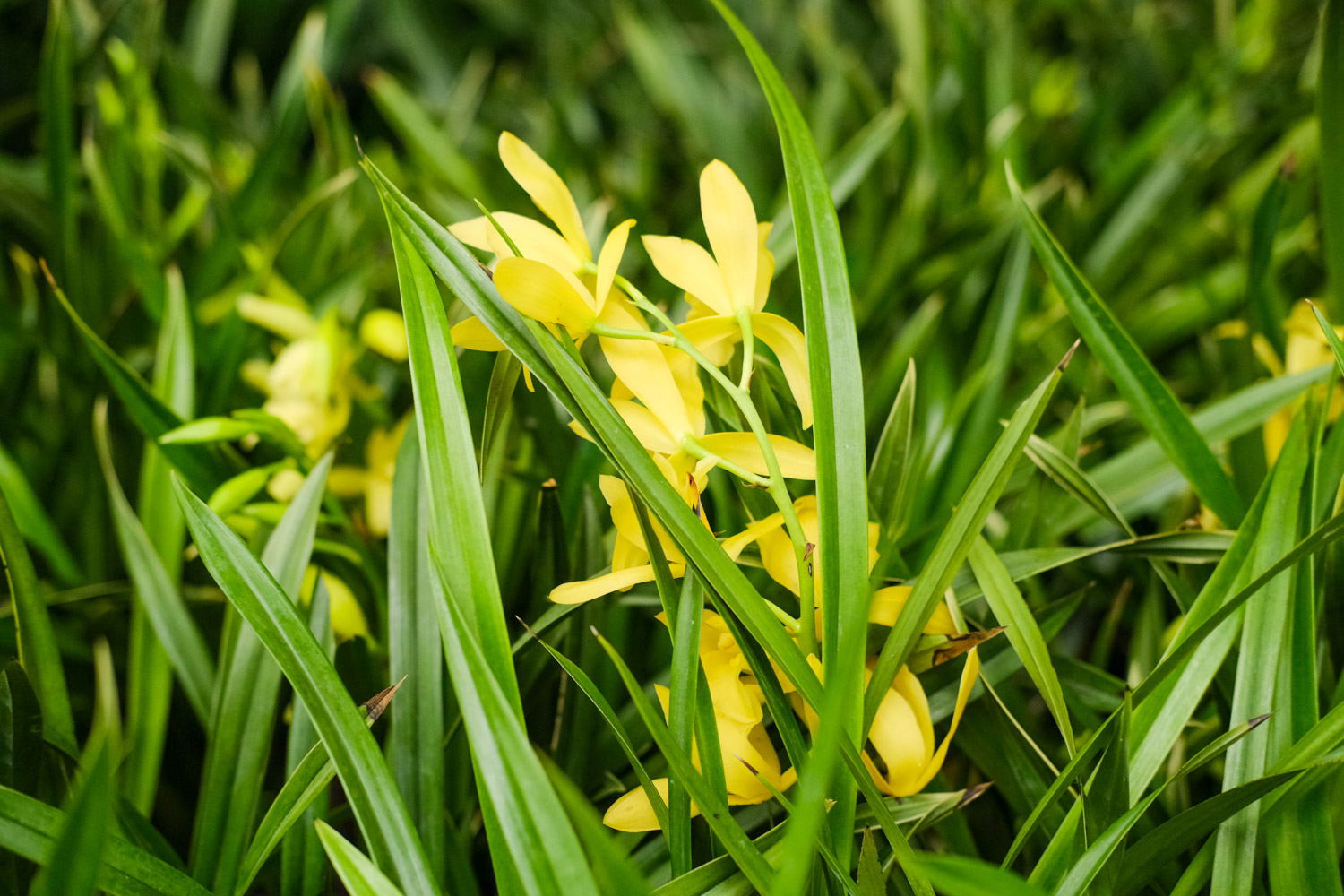
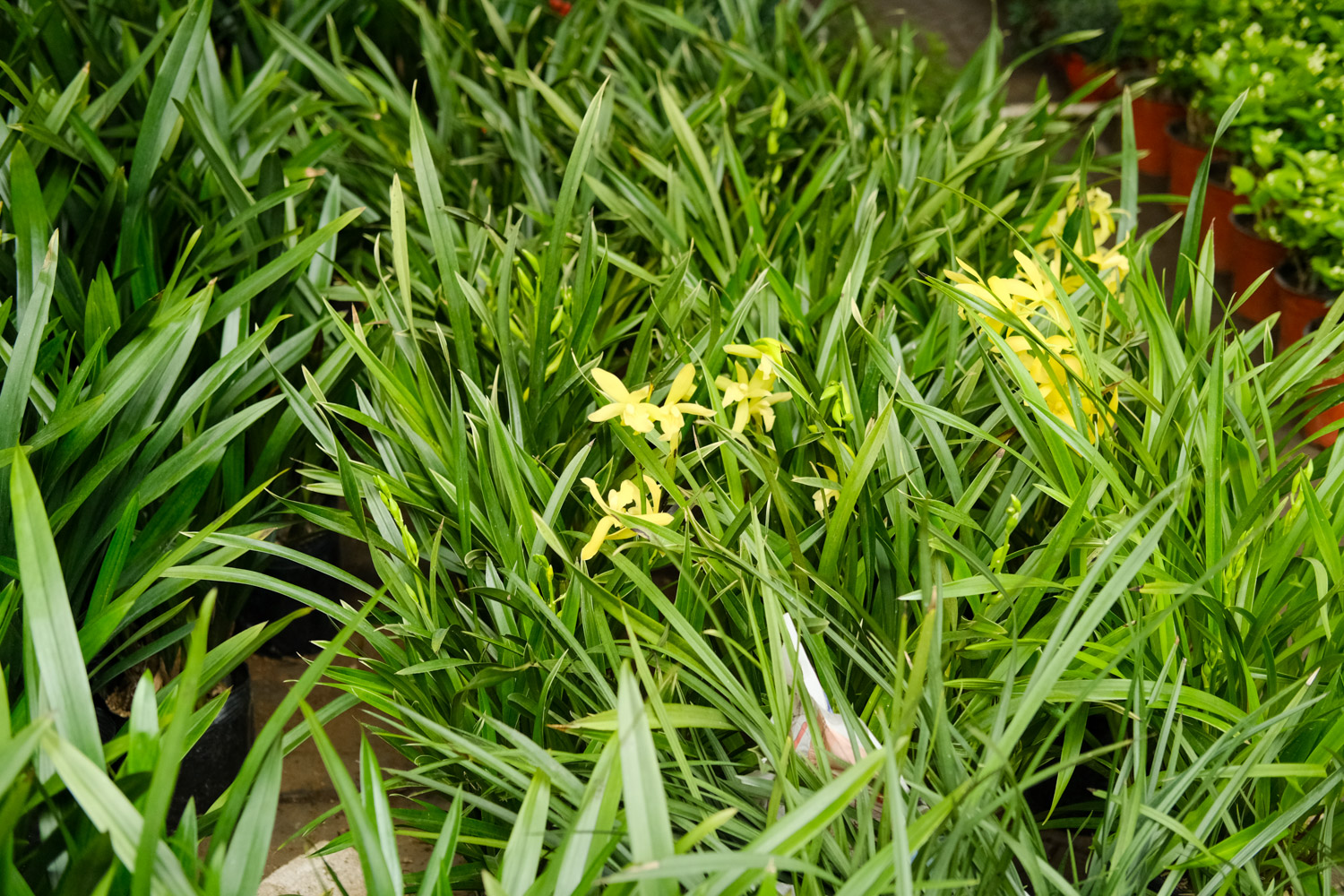
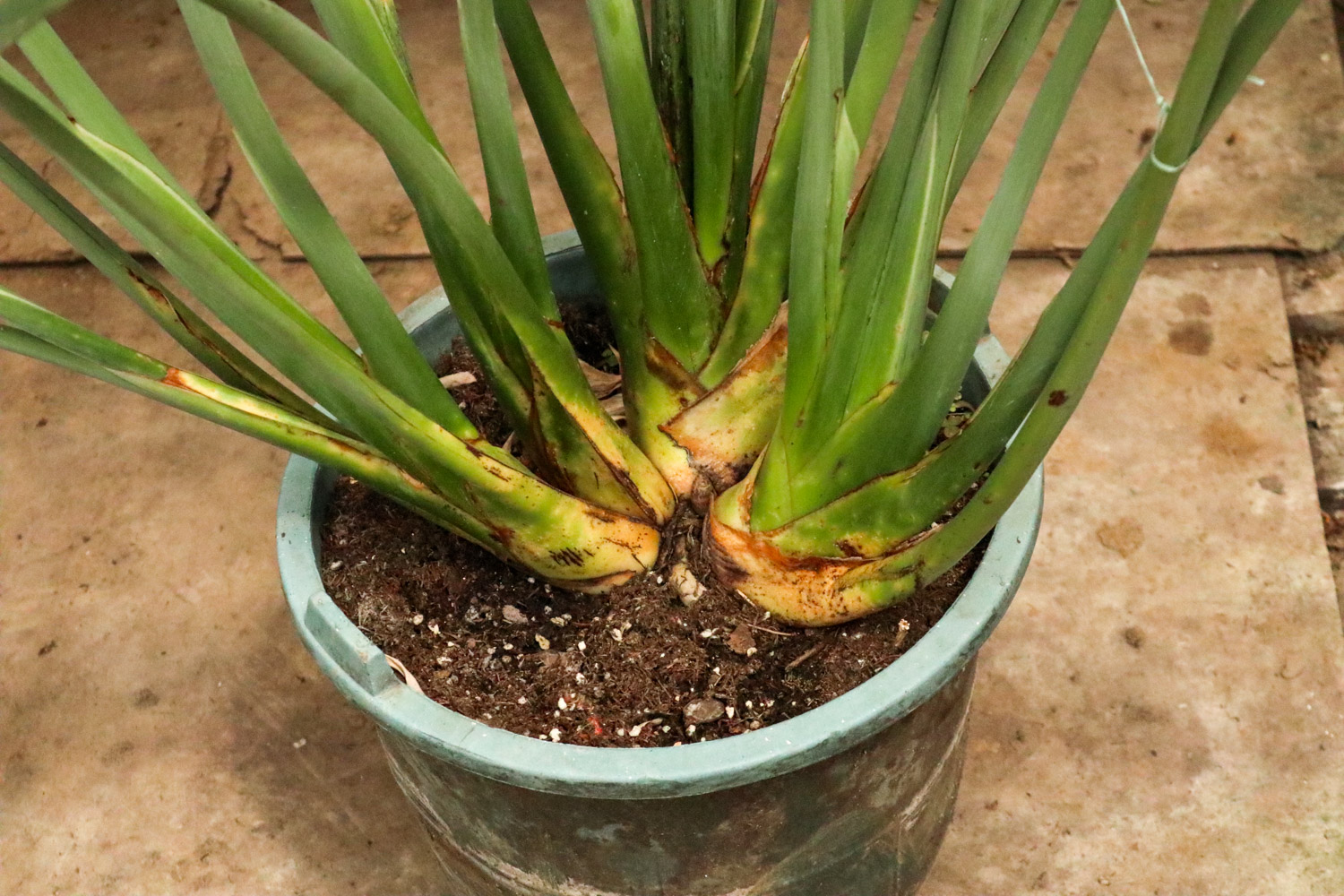

 jackfruit
jackfruit snake plant
snake plant hibiscus
hibiscus hydrangea
hydrangea lavender
lavender Green roses climb al...
Green roses climb al... If you don't pay att...
If you don't pay att... Management of four g...
Management of four g...
